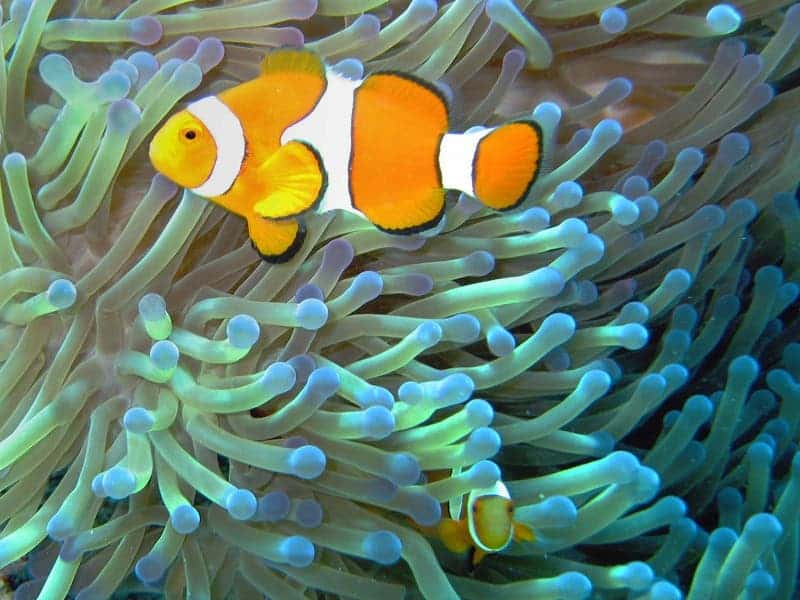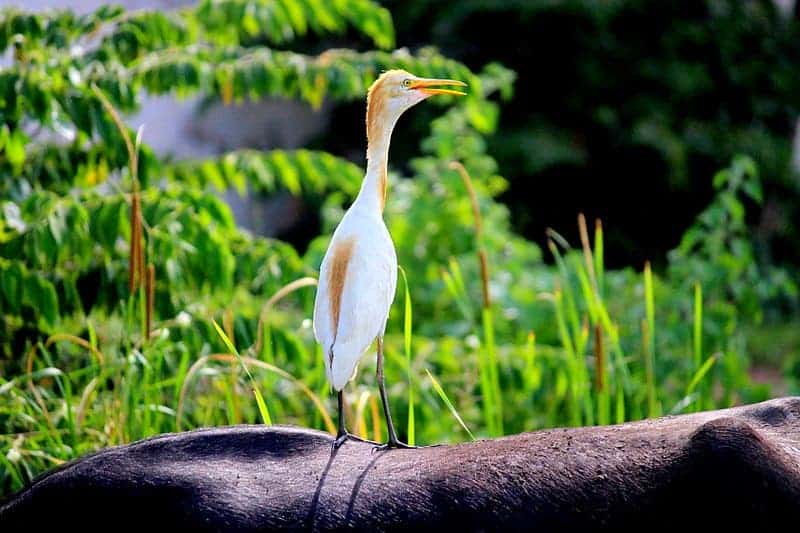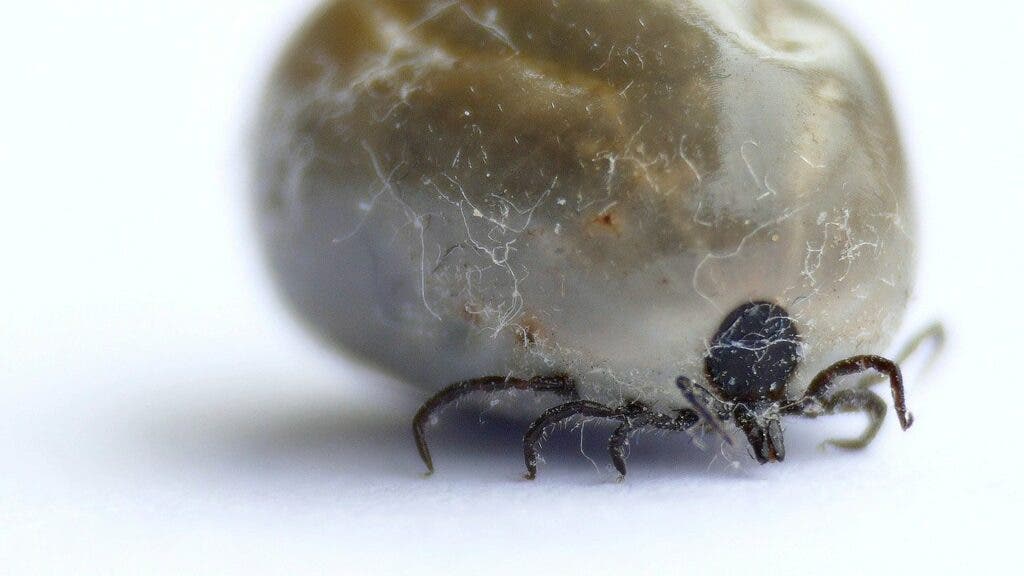
There are millions of different species on Earth, many of which have to share the same habitat and resources. Naturally, these creatures have had to find a way to coexist without driving each other to extinction. Earth’s biodiversity hangs in an intricate but delicate web of dependencies in which some animals prey on others and are, in turn, lunch for others higher up the food chain. But the predator-prey paradigm is just one example of many types of relationships animal and plant life can have.
When two or more unlike organisms live together, biologists refer to this relationship as symbiosis (from the two Greek words for “with” and “living”). This ecological relationship is sometimes, but not always, beneficial to both parties. Perhaps the best word to describe symbiosis is balance, even when the relationship between the two different species sounds highly dysfunctional and one-sided. That’s because the ecosystem at large is balanced thanks to symbiosis.
The main types of symbiotic relationships are:
- Mutualism — the symbiotic relationship that is mutual to both parties. Think win-win.
- Commensalism — when only one party seems to benefit, but the other species doesn’t really lose either. Think win-neutral.
- Parasitism — when one species benefits at the expense of the other. Think win-lose.
Mutualism symbiosis

Mutualism symbiosis is a relationship between two different species that cooperate in order to access benefits they wouldn’t be able to on their own. It’s what most people usually think of when they hear the word symbiosis. A great example of mutualism symbiosis is that between the clownfish and sea anemones.
Sea anemones are very shrewd predators. While most predators seek out and hunt their prey, sea anemones are campers. They live a static existence, attached to rocks or corals in the sea, catching food that passes by them using their tentacles. These tentacles have stinging cells called nematocysts that release powerful toxins that paralyze prey, making them easy pickings. Once injected with the paralyzing neurotoxin, the prey is guided into the mouth by the tentacles.
Plankton and small fish comprise the main diet of sea anemones, but not clownfish. These fish secrete a substance in the mucus that covers their body that makes them immune to the anemones’ venom. So the clownfish naturally spend a lot of time swimming between the tentacles of the anemones, where they are protected from potential predators that get stunned by the sea anemones.
The brightly colored clownfish are quite conspicuous, so they attract other small fish, which are then caught and devoured by the anemones. One organism provides shelter, while the other brings in food for the service.
On land, another great example of mutualistic symbiosis is that between bees and flowering plants. The flowers provide bees with sweet nectar and pollen, which the worker bees collect as food to feed their colony. In return, bees spread the pollen from flower to flower, allowing the plants to reproduce through a process known as pollination.
Commensalism symbiosis

Some organisms are just freeloaders, piggybacking on other species with nothing to show in return. On the bright side, the organism that has nothing to gain isn’t harmed either. Scavengers that trail predators to eat the remains of their kill are an example of such a relationship.
Commensalism can be further broken down depending on where the symbiont lives with, on, or inside another species, which plays the role of a ‘host’. We can thus think of four distinct types of commensalism:
- Inquilinism, where one symbiont depends on the other for shelter. Think of birds living inside a tree hole.
- Metabiosis, where one organism forms the habitat of another. A prime example of this type of relationship is the hermit crab that uses the shells of dead gastropods as their home, which doubles as a protective shell when they carry it around. Bacteria that colonize our guts also fall within this category, although some may be considered mutualists since they help break down food and help the host access nutrients, among other important health benefits they may offer.
- Phoresy refers to organisms that attach to others for transport. Barnacles, for instance, cling to whales, which transport the tiny symbiot to plankton-rich waters, where both organisms can feast. There isn’t evidence to suggest that the whales are harmed or lose anything in particular from this one-sided deal though.
Parasitism symbiosis

Sometimes, symbiotic relationships cause harm. This happens when the symbiont (or parasite in this case) benefits from the symbiotic relationship, at the expense of the host, which is harmed.
Parasites may live inside the host’s body (endoparasitism) or on its surface (ectoparasitism). For instance, tapeworms that live inside the intestines of other animals where they consume partially digested food (and thereby deprive the host of nourishment) are endoparasites. Head lice that live on the scalp, where they suck blood and cause itching on the host, are ectoparasites.
Obligate and facultative symbiosis
In many symbiotic relationships, the host and symbiont may derive benefits or inflict harm that wouldn’t have been possible absent the relationship. But if the symbiosis didn’t occur, each could mind their own business and still find a place in the ecosystem independently of one another. This is known as a facultative symbiosis. For example, there are many tiny insects that live in bird nests, where they consume waste that the birds produce, keeping the nest clean and decreasing the chance for the build-up of bacteria and disease. In the process, they get a free meal from the birds and the birds get free house-cleaning services. But each organism could theoretically survive without one another.
In contrast, there are some symbiotic relationships in which the symbionts are entirely dependent on each other for survival. For instance, lichens consist of fungal and photosynthetic symbionts that cannot survive without one another. Although the fungal and photosynthetic organisms do occur independently in nature, their physiology and morphology change drastically once they come together to form the lichen. In this particular relationship, the fungus ‘farms’ the autotrophic photosynthetic organism by encapsulating it. The photosynthetic symbiont harnesses the sun to produce food for both parties, while the fungus retains water and provides a footing from which the photobiont can absorb nutrients. These relationships are called obligate symbioses and typically develop over time as each organism adapts to the benefits of depending on each other.
All types of symbiosis can be either obligate or facultative. The lichen example is an obligate mutualistic symbiosis, but many parasites are host-specific and as a result have co-evolved with their hosts, without whom they cannot survive. This also means that it’s in the parasite’s best interest not to completely debilitate its host, otherwise, there will be no one left to exploit. Parasites are huge pests, but they’re almost never fatal.
Almost every creature has at least one symbiotic relationship (think of gut bacteria for example), which makes symbiosis essential to the planet’s ecosystems.


